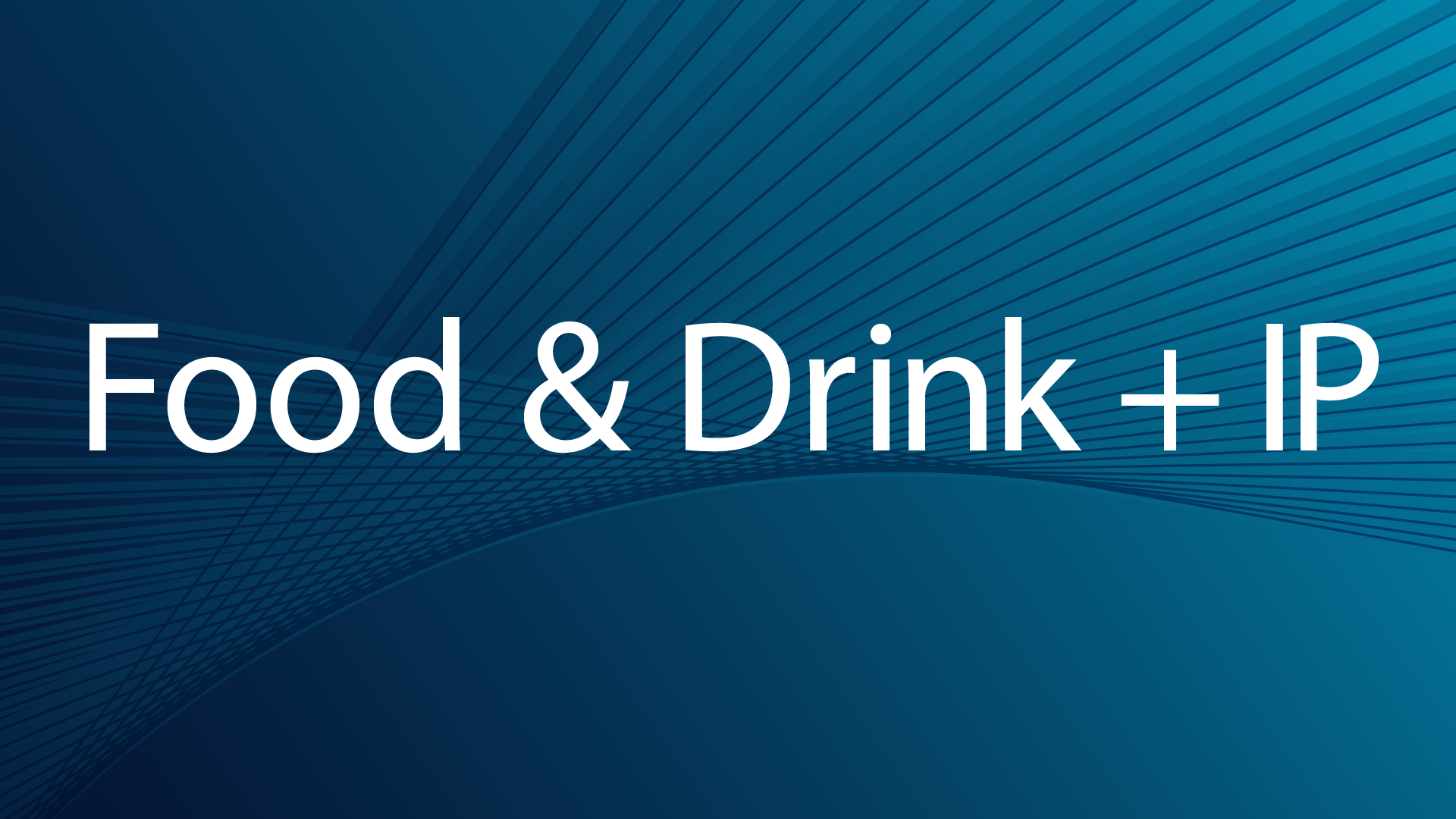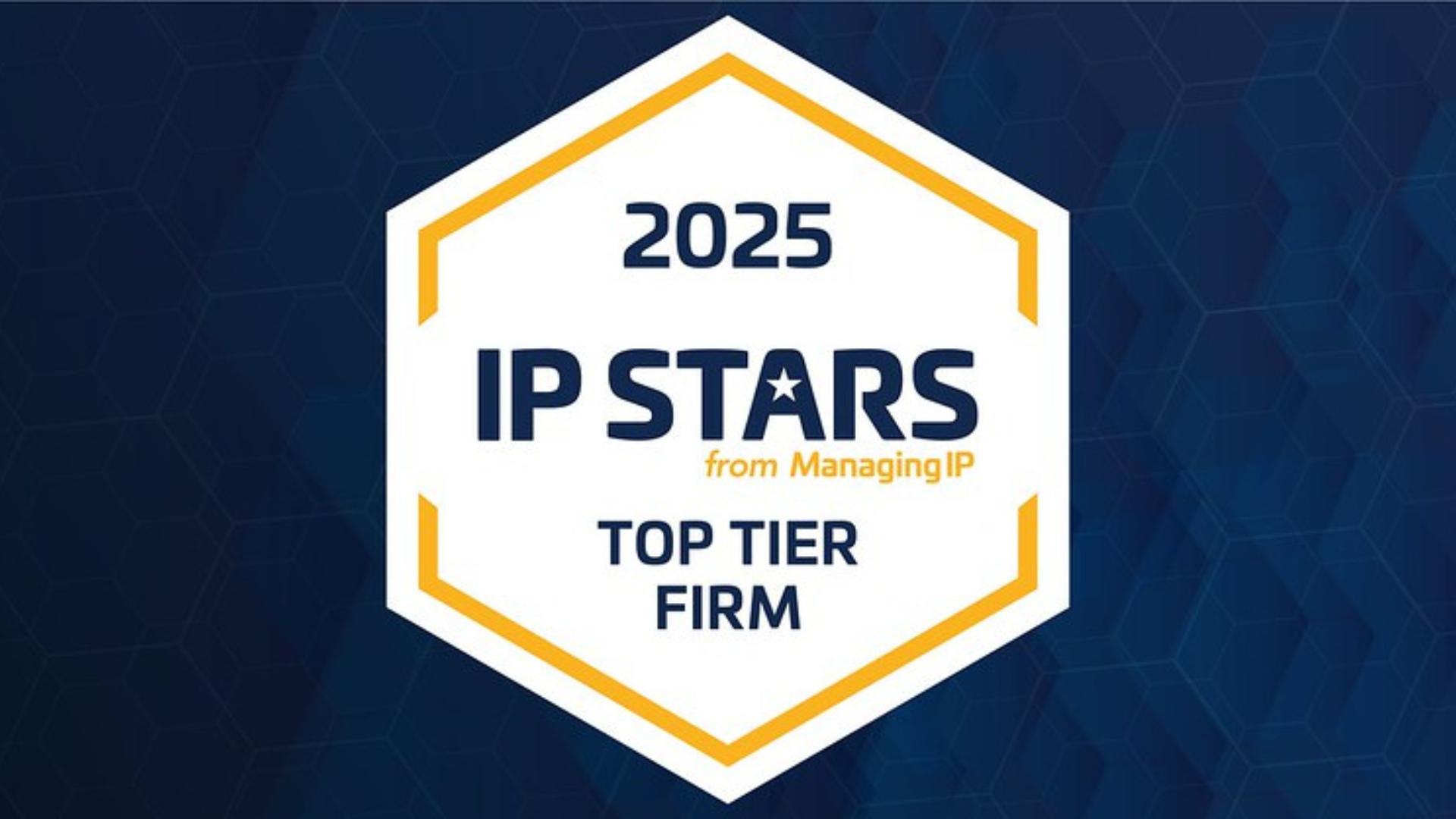News
T 0295/22: EPO Technical Board of Appeal relies on “bonus effect” case law to find Amgen’s patent to orally administered apremilast lacking in inventive step
February 2025
This case concerned Amgen’s European patent no. 2962690 for apremilast, a drug sold under the brand name Otezla®, licensed for the treatment of e.g., psoriasis and psoriatic arthritis. The patent was opposed by 15 opponents. Claim 1 of Amgen’s main request was a so-called “first medical use claim” directed to stereomerically pure apremilast comprising greater than 80% of the (+) enantiomer and less than 20% of the (-) enantiomer, for use as a medicament administered orally. In contrast to the guidance provided by the EPO’s Guidelines for Examination at Part G, VI, 6.1.2, the Board considered oral administration of the drug to be a limiting feature of the claim[1]. The Board also reversed their preliminary opinion on inventive step, concluding that the technical effect demonstrated by Amgen was merely a “bonus effect” that could not render an obvious teaching inventive.
Medical use claims
The European Patent Convention (EPC) excludes methods of treatment from patentability (Article 53(c) EPC). However, substances or compositions for use in methods of treatment by therapy can be protected as medical uses (Articles 54(4) and (5) EPC). The first medical use of a substance or composition is generally protected in the form: “composition X for use as a medicament”, while subsequent medical uses are protected as so-called second medical use claims in the form: “composition X for use as a medicament for treating disease Y”. Both first and second medical use claims are purpose-limited product claims, with second medical use claims directed to a specific medical use rather than a general medical use claimed in the first medical use format. As explained below, however, the specificity of use required to justify protection as a second medical use claim was established by the case law to be a relatively low hurdle, and a new use could be considered “specific” as long as it was distinguishable from the generic use as a medicament disclosed as the first medical use.
Mode of Administration and EPO’s Guidelines for Examination
As mentioned above, claim 1 in T 0295/22 was a “first medical use claim” covering stereomerically pure apremilast for use as a medicament administered orally. In deciding on patentability, the Board had to consider whether the mode of administration, i.e., oral administration, limited the scope of the claim.
The EPO’s Guidelines for Examination did not consider modes of administration to be limiting on first medical use claims. According to Part G, VI, 6.1.2 a mode of administration could only be a limiting feature in relation to a subsequent (specific) medical indication. However, in the context of a first medical use in which the medical indication was unspecified, the mode of administration could not relate to any therapeutic effect.
The Board in T 0295/22 found the Guidelines to be inconsistent with the case law. Specifically, the Board did not consider that modes of administration should be construed differently in the context of first and second medical use claims. The Board noted that, in T 51/93[2], it was held that novelty could be acknowledged as long as one of the features of treatment (e.g., mode of administration) was novel. This was later confirmed in G2/08[3], which held that, although second medical use claims had to define a specific use, the specificity merely had to contrast with the generic broad protection conferred by the first medical use and did not have to be confined to any particular medical indication. In G2/08, therefore, dosage regimens were considered allowable, despite such regimens not being related to a new therapeutic use. Against this backdrop, therefore, the Board considered the Guidelines to be inconsistent with T 51/93 and G 2/08 and held that the oral mode of administration of apremilast to be a limiting feature that rendered the claim novel.
Lack of Inventive Step despite an Unexpected Technical Effect
With novelty established by the oral mode of administration, the Board considered whether the technical difference provided a technical effect. The opponents argued that the problem should be formulated in terms of the provision of an alternative or suitable route of administration. However, the Board noted that the patent provided evidence of an unexpectedly high selectivity, reduced propensity for emesis and improved solubility associated with orally administered stereomerically pure apremilast. Accordingly, the Board was convinced that there was sufficient evidence of a technical effect that the objective technical problem should be formulated as the provision of an administration route which allowed for the safe and well-tolerated effective treatment for PDE4-mediated diseases.
Generally, a previously unknown or unpredictable technical effect is often viewed by the EPO as a strong indicator of the presence of an inventive step. However, while the Board in this instance acknowledged that a skilled person may not have predicted the technical effects demonstrated in the patent, the Board held that it would already have been obvious for a skilled person to arrive at the claimed subject matter because an advantageous effect could be expected to result from the prior art documents. Thus, irrespective of the circumstances of the extra (or “bonus”) technical effects, the claim nonetheless lacked an inventive step.
In the case at hand, despite known challenges with oral administration of PDE4 inhibitors, the Board considered that a skilled person would nonetheless have had a compelling motivation to seek oral administration of PDE4 inhibitors, as oral administration was a skilled person’s first choice for systemic delivery of active agents because of ease of use.
Moreover, at the priority date of the patent, the development of orally administered PDE4 inhibitors was ongoing and promising, and other PDE4 inhibitors were shown to provide positive (albeit inferior) results. The Board also noted that no technical prejudice against oral administration had been demonstrated. On the contrary, oral administration of a similar compound was also shown to have a decreased propensity for emesis. Collectively, therefore, the Board considered that the prior art provided the skilled person with a reasonable expectation that the oral administration of stereomerically pure apremilast would provide for the safe and well-tolerated effective treatment of PDE4-mediated diseases. Although the unexpected extent of advantages demonstrated in the patent may not have been predictable, the Board considered that there was sufficient reason in the prior art to motivate a skilled person to administer apremilast orally anyway. Thus, the significant and unexpected improvements demonstrated were considered as bonus effects that could not support an inventive step.
Conclusions
It will be interesting to see if the Guidelines will be amended to reflect the Board’s conclusion that steps, such as modes of administration, can be relied upon to limit first medical uses despite not relating to new therapeutic uses.
It will also be interesting to see if there will be an increase in the application of bonus effect case law following this decision. In December last year, we speculated that the “bonus effect” case law may be increasingly relied upon in the interest of aligning conclusions on inventive step more closely with those reached by the UPC[4]. From what we have seen so far, the UPC’s inventive step framework appears to be more holistic and focuses on whether a skilled person would have been motivated to consider the claimed solution and implement it as a next step in developing the prior art[5]. Although the Board in T 0295/22 did not cite the UPC as a reason for their decision, this case adds to an increasing body of recent case law in which a technical advantage was deemed insufficient to support an inventive step. That said, the chances of an opponent successfully relying on a “bonus effect” is likely to be fact dependent, as we have also seen the same Board in a different composition consider a “swallowable” tablet of deferasirox as being inventive over a dispersible form of the drug[6] (T 0526/21). In the latter case, despite acknowledging that providing a swallowable tablet to improve the ease of administration was obvious per se, the Board considered that a skilled person would not have had a reasonable expectation of success of achieving good bioavailability when formulating deferasirox as a swallowable film coated table. In T 0526/21, therefore, the bioavailability of the swallowable tablet was considered to be unexpected and indicative of an inventive step. Accordingly, despite the opponents’ successful reliance of the bonus effect in T 0295/22, we should not downplay the importance of data in demonstrating an unexpected technical effect for supporting an inventive step.
[1] See Example 2
[2] Reasons, 3.1.2
[3] Reasons, 5.10.3
[4] https://www.hgf.com/news/with-the-epo-and-upc-adopting-different-frameworks-for-inventive-step-is-there-potential-for-conflicting-decisions/
[6] Reasons, 3.5.2 and 3.5.3
This article was written by Partner and Patent Attorney Hsu Min Chung































